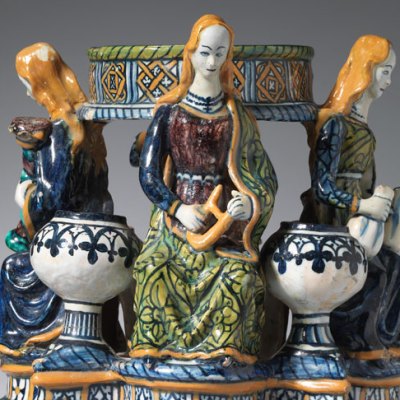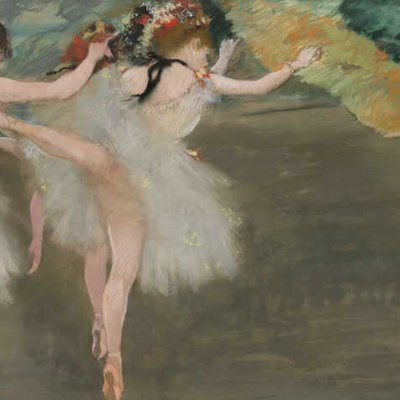One of the highlights of the Mrs Paul Mellon Interiors sale at Sotheby’s New York in 2014 was her remarkable collection of porcelain. The 233 lots, which included chess sets, figures and dinner services, dated mostly from the 18th century and featured fine examples of Chinese export porcelain and early Meissen. But what distinguished the collection were its holdings of English 18th-century porcelain. There were pieces from the earliest factories – Longton Hall, Worcester, Derby, and Bow – and scent bottles from the ‘Girl-in-a-Swing’ factory, probably produced by Charles Gouyn.
By far the largest group was of the beautiful vegetable-, plant- and animal-inspired pieces from the early period of the Chelsea factory – and these exceeded their estimates by multiples. A charmingly naturalistic pair of Chelsea asparagus tureens and covers of around 1755 sold for $118,750 – nearly four times the top estimate of $30,000. While the Mellon provenance undoubtedly had a bearing on the prices achieved, the sale revealed the character of the current market: there is keen interest in the US, in Britain, Australia, Canada and Japan, but, in the words of Richard Hird of Sotheby’s London: ‘The market has moved almost entirely to the rarest and oldest pieces.’
Scent bottle and stopper (c.1755), ht 7.6cm. Sotheby’s London, £27,500
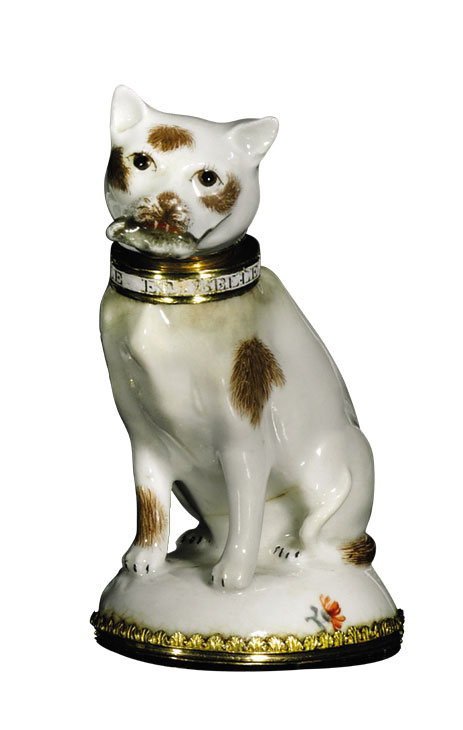
Hird cites the Chelsea tureen and cover from 1755, which sold in London for £35,000 in 2013, or the Chelsea scolopendrium-moulded teapot and cover of around 1750–52, which fetched £43,750 in 2014. A collection of 13 Chelsea porcelain scent bottles sold through two sales last year, achieving a total of £163,000, with the highest price of £27,500 at Sotheby’s London for a gold-mounted scent bottle and stopper in the form of a cat of around 1755. ‘Each one went dramatically over estimate,’ Hird says, ‘and we found a new audience, intrigued by the quality and function of the objects.’
The popularity of 18th-century English porcelain has gone through many cycles. In 1744, when the Huguenot silversmith Nicholas Sprimont developed soft-paste porcelain at his Chelsea factory in emulation of the miraculous wares being produced in Germany and France, his market was the aristocracy. These were items intended to rival Meissen and Chinese export porcelain, and sit on dining tables groaning with fine silver. As the century wore on, the more exuberant, expertly finished Worcester and Royal Crown Derby wares dominated, sought by collectors who were also buying Sèvres and Meissen.
By the early 20th century, according to Fergus Gambon, department director of British ceramics at Bonhams, a classic Worcester porcelain plate from 1775 would have set you back ‘the price of a two-up two-down’. Today, tastes have shifted so far that such a plate would go for £150. Meanwhile rare pieces of early blue and white soft-paste porcelain – from the Bow (1747–76), Lund’s Bristol (1749–52) or Limehouse (1745–48) factories – originally much cheaper, are now worth a thousand times their 1910 value. Gambon comments: ‘With some of these early pieces, if you don’t know what you are looking at you’ll think they’re poorly potted or crudely decorated. You don’t get much bling for your buck. Collectors are drawn to the naivety of the pieces and the academic challenges of the field.’ There are few reliable records and, despite some serious scholarship over the last 60 years, attributions in the early period are still uncertain. The reattribution of an early (c. 1752–55) Derby ‘dry-edge’ porcelain figure group (featuring a bearded Chinaman in a broad-brimmed hat) to the sculptor Agostino Carlini, contributed to its achieving the current record price for Derby – £134,500 – at Bonhams last year.
‘Dry edge’ figure group (c.1752–55), ht 23cm. Bonhams, £134,500
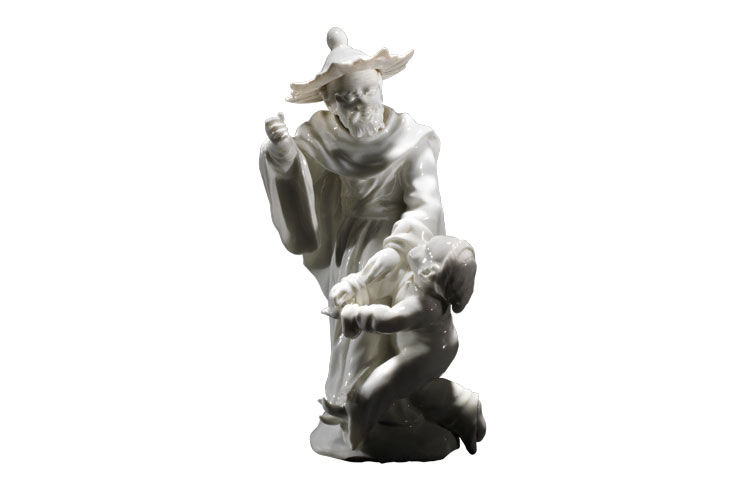
The current enthusiasm for early English porcelain has been building over the last two decades, starting with the sales of the celebrated collection of Dr Bernard Watney at Phillips in 1999 and 2000. At the Bonhams sale of the collection of Billie Pain in 2003 there was standing room only, and the cover lot – a small, beautifully painted Chelsea reeded milk jug of around 1750 – went for £37,045. That same year in December, prices peaked at Christie’s London, where a rare example of what was described in Chelsea’s 1755 catalogue as ‘A most beautiful tureen in the shape of a hen and chickens, big as the life, in a curious dish adorn’d with sunflowers’ sold for £223,650, setting the auction record for English 18th-century porcelain. New York dealer Michele Beiny is exhibiting at Masterpiece London (29 June–5 July). ‘Just now,’ she notes, ‘we have a huge resurgence of interest in botanicals and trompe l’oeil – Mrs Mellon had all those fruits and vegetables.’ She remarks that collectors are drawn not just by the beauty of the objects but by their history. ‘These pieces reflect the excitement about porcelain, this new material, in the early 18th century,’ she says. ‘And whereas on the continent, porcelain factories were owned by princes, in England factories were private enterprises, catering for the new middle classes as well as the aristocracy.’
A ‘Hen and Chickens’ tureen and cover with stand (c. 1755–56), width 35.5cm (tureen). Christie’s London, £223,650
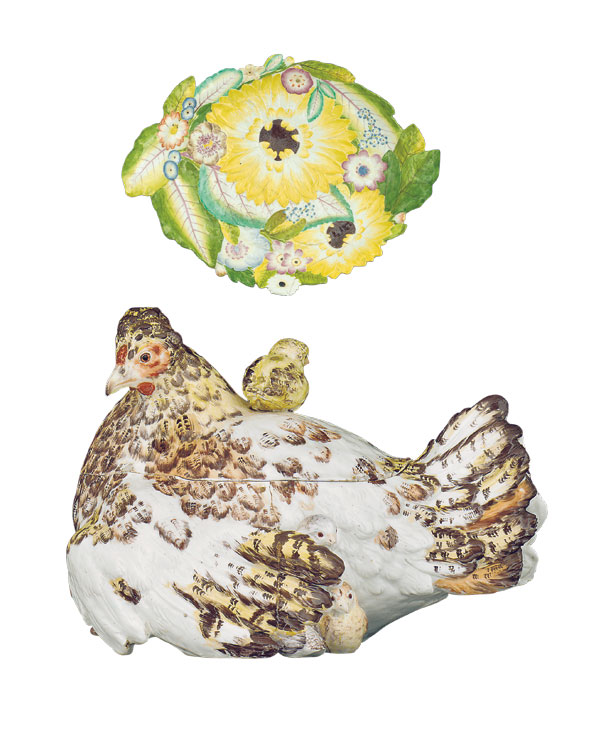
Robyn Robb, a London dealer, describes early soft-paste porcelain as ‘such a beautiful material’. She is particularly drawn to early Worcester, where the material is married to a range of daring forms based on silver models. ‘By the 1760s the Worcester factory became more practical,’ she says. ‘It is the early shapes that are so magical.’ She has some imaginatively formed, delicately painted Worcester cups and saucers from the early 1750s (£7,500–£8,500). Brad Dover of Kent-based Jupiter Antiques, meanwhile, has a rare Worcester blue and white mustard pot and cover painted with the Mansfield pattern of around 1755–57 (£6,500), which will be on view as part of Ceramics Mayfair at the Edenbridge Galleries in Kent (1–3 June). Dover notes the preference among collectors for early pieces, but adds: ‘It is a great time, however, for new collectors. There is a huge amount of very good 18th-century porcelain that is sold for a lot less than it used to be.’
From the June 2017 issue of Apollo: preview and subscribe here.


